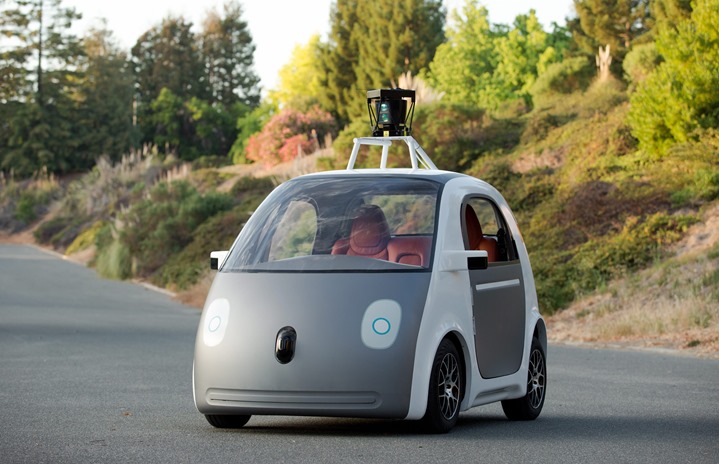Car technology in the present day would, to some extent, have been unimaginable even a decade ago. Yet the process of development is not over and the driverless car is likely to become a reality, possibly as early as 2018.
Advanced safety and comfort features are now standard on cars in all areas of the market, not just at the top end. Advanced features such as automatic braking, parking assistance, stability control, sat nav systems and reversing cameras are commonplace.
It all sounds like good progress in the right direction to a more futuristic driving world, but there are fears that the advanced technology in cars can hinder as well as help as drivers become blasé and over-reliant on their car’s technological features.
Car tech helping
The bulk of insurance claims stem from reversing and parking incidents, so equipment such as reversing cameras and assisted parking can help considerably.
Technology such as ESC (electronic stability control) has helped reduce instances where the driver loses control of the car in a skid or similar.
Satellite navigation has, overall, been a huge boon when driving in unfamiliar territory. The driver can keep their eyes on the road rather than peering at a map or scribbled directions on a piece of paper.
Climate control and air conditioning systems – now standard on many cars – make the interior a far more comfortable place to be, reducing the risk of the driver becoming overheated and dehydrated in between refreshment breaks.
Cars are generally much easier to drive than their predecessors. This helps everyone, especially new drivers. Learners now are far less likely to have to wrestle with heavy, un-assisted steering and clunky gearboxes.
From the tasks of studying for the driving theory test using free downloadable materials to mastering the controls the car, technology has developed to make each step of the learning process swifter and cheaper.
Car tech hindering
There is a danger of motorists becoming too reliant on their car getting them out of potential trouble. For example, some drivers may have a tendency to drive too fast and rely on the anti-skid and automatic braking technology to save the day. It’s one thing having a ‘back-up’ but it’s quite another being reckless as you rely on that to kick in.
The fact that cars are generally more refined also means drivers can be desensitised to the speed they’re actually travelling at. Comfortable, smooth drives can still break the law.
While no doubt a great advance, sat navs can hinder the driver and there have been many tales of drivers being led down inappropriate roads while some systems have maps that aren’t fully up to date. It’s incumbent on the user to make sure the system is updated – any sat nav is only as good as the accuracy of its map and its most recent update.
A sat nav can mean drivers don’t properly learn a route in the way they would if using a paper map and engaging more with the process. It sometimes means that drivers don’t use their common sense to react properly to the events unfolding in front of their eyes.
The future
Car technology to reduce accidents and human error on the roads is very much with us and likely to be more pronounced in the years to come. The downside is it could become more invasive – for example taking control of the car in certain circumstances. As the above shows, there are definitely pros and cons.
Driving is certainly more comfortable – and easier to learn – thanks to technology. It’s now a question of getting the balance right on the other parts of the process going forward.





